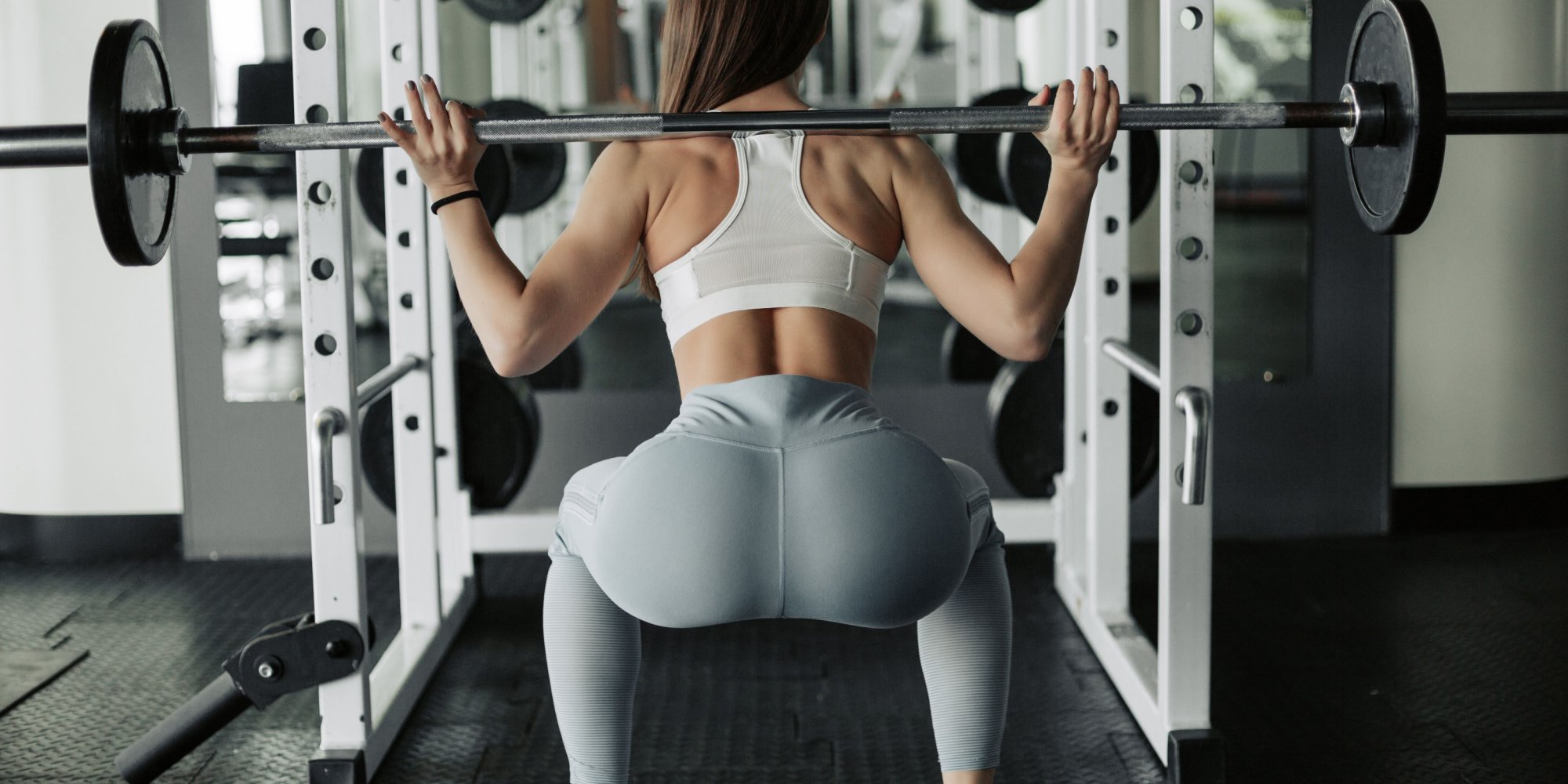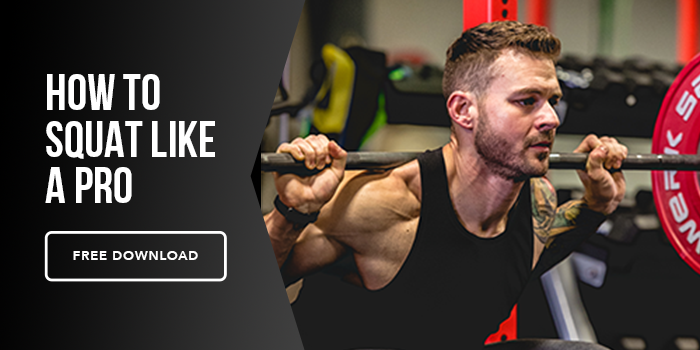If you can master the squat, you have set yourself up for success in your training career. Strength, mobility, flexibility, and power all play a substantial role in the execution of a proper squat, and demonstrating this exercise with fluidity and proper execution is impressive.
But what’s so impressive about improving elements of the squat? Well, there are factors most of us contend with that inhibit our chances of properly executing the movement. Most of us are in a state of scapular protraction, with rounded shoulders and a protruded neck; this dysfunctional posture that involves the spine can throw off the squat even before it's started. Tight hip flexors and weak glutes that are attained from a constant sitting or stationary position 8(+) hours a day also doesn’t do the squat any favors.
So what can we do to improve the squat? Here are some suggestions.
Improve Your Mobility
People tend to think that flexibility and mobility are synonymous, but they’re not. Mobility allows you to move freely through a joint’s range of motion while under load, and if you plan on getting into a proper squat position, adequate mobility is necessary. The joints around the hips, knees, and ankles need to be able to move with the squat, without pain or discomfort. Here is a little more on mobility, and where to start.
When we descend into the squat, the hips, knees, and ankles are required to flex, then extend; if either one of these joints are lacking in mobility, not only will depth be limited, but instability will suffer as well. This extends from the core to the extremities, so take mobility seriously and get moving!
Gain Strength in Underactive Muscles
The squat is a compound movement, which means it is required for multiple muscle groups to be firing throughout. Muscles most recruited during the squat are the quads, hamstrings, hip flexors, and glutes, but the core and calves play a role as well.
If any of these muscles are underactive or weak, meaning they are lacking strength, the body will rely on other muscles to take over. When significant compensation occurs, this can lead to injury or discomfort.
Practice, Practice, Practice
As with most things in life, the only way to get better is to practice. You could do other exercises to isolate and strengthen the primary movers of the squat, which isn’t necessarily wrong, but you need to get squat reps in to actually see improvements in the squat.
Knocking out leg presses and good mornings are excellent exercises, but the mechanics and orientation involved do not mimic the squat. If I want to get better at speaking in another language, writing in the language won’t help me improve in the same way conversing with someone else can.
I’d recommend to start with a weight lighter than what you would normally use; it’s going to feel easy, but that’s not the point. The focus should be on the technique and proper body mechanics, not breaking PRs.
Initiate a Proper Warm-Up Routine
You could have the best mechanics, mobility, and strength, but if you don’t properly warm up, you’re not moving as efficiently as you should; you’ll move better, feel better, and reduce the risk of injury after warming up.
On days when I rush through my warm-ups, I find that it takes longer to develop a flow with my squat routine, and my muscles and joints take longer to “wake up.” There is no one way to warm-up, but make sure you are targeting your whole body, not just the lower extremity; the squat is a lower body exercise, but the movement also requires the torso to activate and mobility in the shoulder girdle.
Don’t Neglect Your Core
Speaking of the core, core strength and stability could be the missing piece in your squat improvement efforts. Obviously, we highly advise zero movement of the spine, but it doesn’t mean that the muscles surrounding the spine aren’t working while you squat.
The local, or deep, core muscles are what stabilizes and controls the body during movement. The multifidus, transverse abdominis, diaphragm, and pelvic floor muscles are crucial muscles for torso stability during the squat, and when one is weak, the others suffer as well. Dedicate one workout a week to the core, and you may just notice your back pain disappear as your squat performance improves.
If you feel like you need a little bit more help, check out the How to Squat Like a Pro Guide to gain even more insights on the best practices and methods to perfectly perform the squat.






